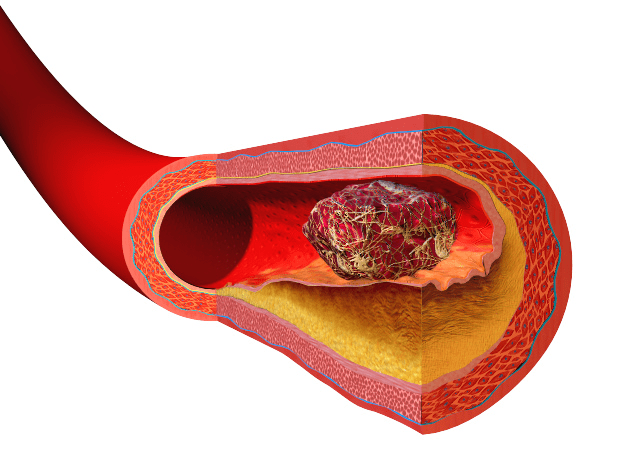A research group has come up with an innovative way of dealing with blood clots through nanotechnology. This technology has the potential to save many lives every year, as blood clots are often associated with life-threatening events.
Blood clots are actually a good thing, saving us from a lot of trouble; blood has an apparently impossible mission: it has to run smoothly throughout our lives, and it has to suddenly stop when there’s an injury. Blood clots are healthy and life saving when they stop bleedings, but they can also form when they shouldn’t, causing heart attacks and other serious problems.
Blood clot prevention and treatment reduces the risk of stroke, heart attack and pulmonary embolism, but sometimes, these interventions can be quite dangerous. With that in mind, researchers from Baker IDI Heart and Diabetes Institute and Melbourne University have developed a new method to destroy blood clots, using nanotechnology.
Christopher Hagemeyer of Baker IDI explained that one of the advantages of this technology is that it can be administered right away, and has a fast impact.
“This can be given in the ambulance straight away so you really save a lot of time and restore the blood flow to the critical organs much faster than currently possible.”
So far, the technology proof-of-concept has been made, but there are still unwanted side effects.
“The antibody is targeted against platelets, which are highly abundant cells in the blood and they form thrombosis [a clot] and for that, [the] antibody we’re using is specially designed to fly to these blood platelets so it really seeks out the clot,” he said.
But even so, there are no health hazards associated with the technology.
“The drug is an approved drug which we encapsulate in the nano-capsule and the nano-capsule, you have to imagine, is like an onion with different layers.”
However, just like all medical technologies, it takes quite a while to be developed; Hagemeyer has been working on this one for five years, and likely, it will take five more before it actually reaches patients.










